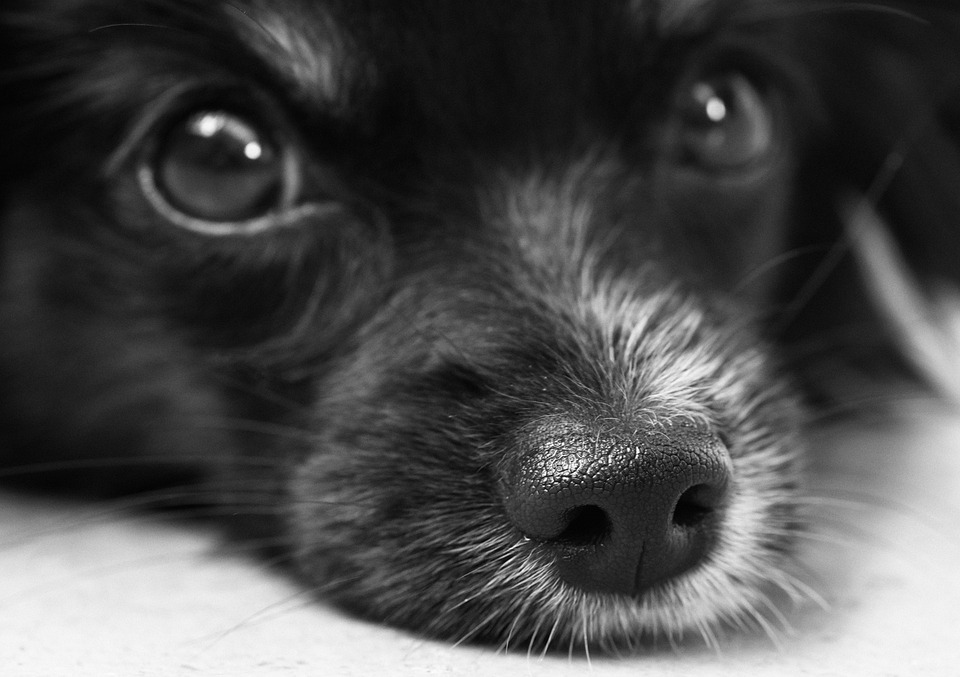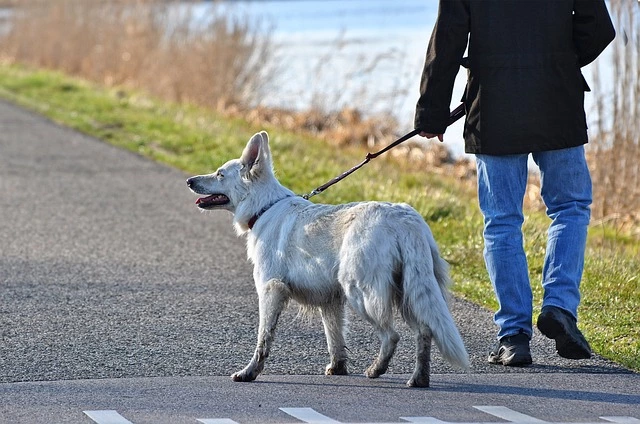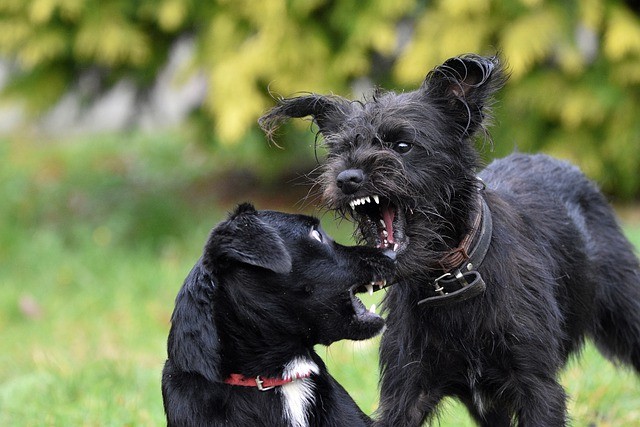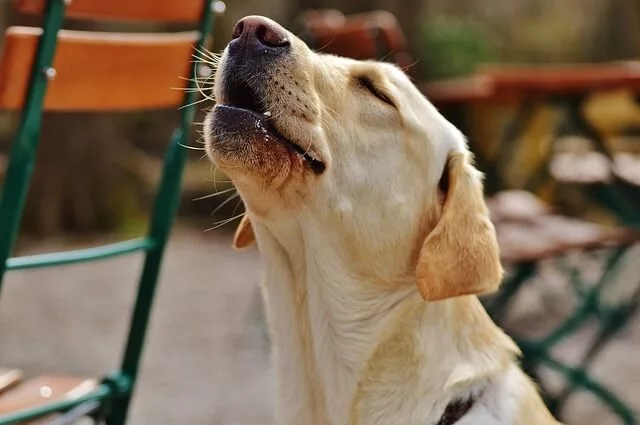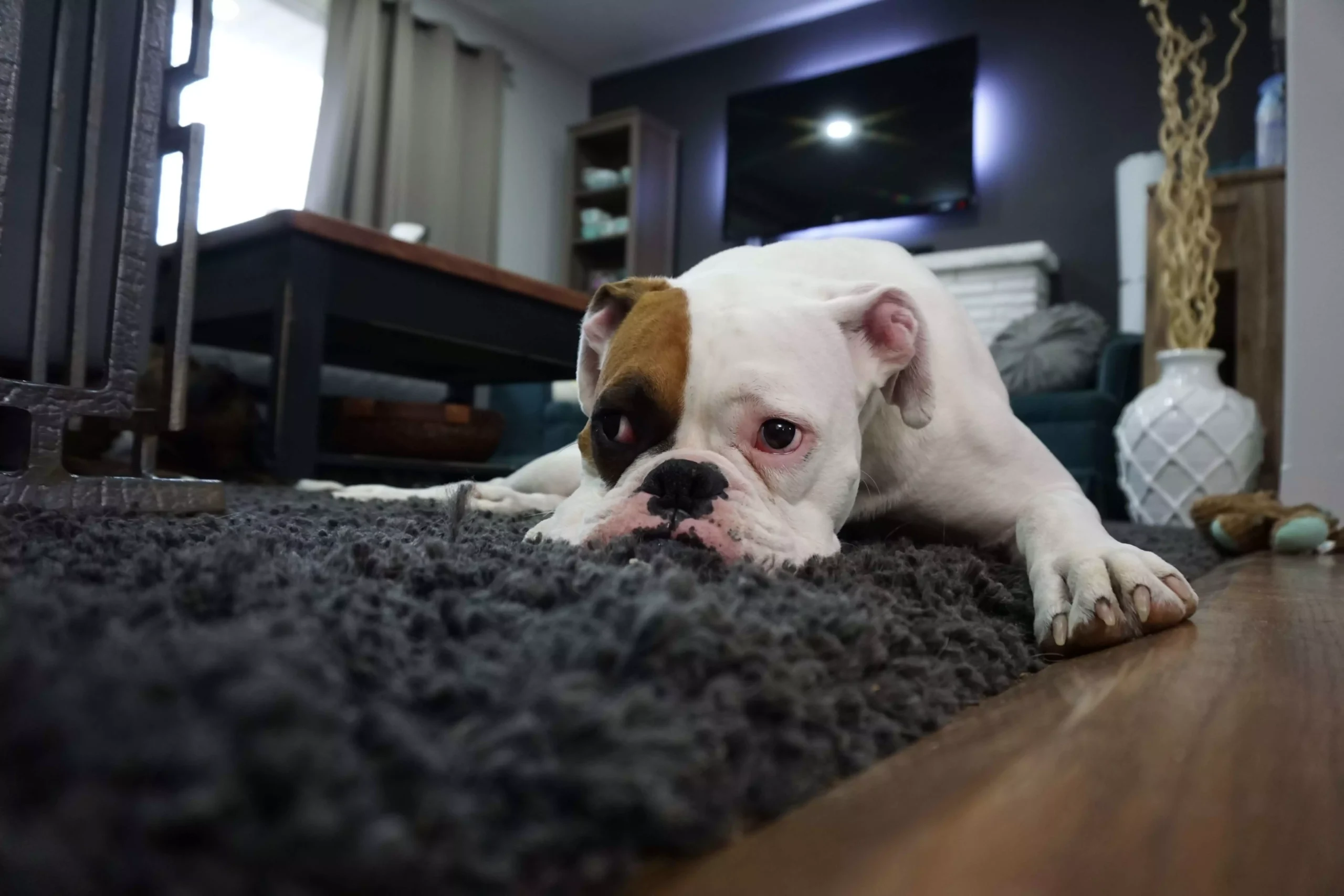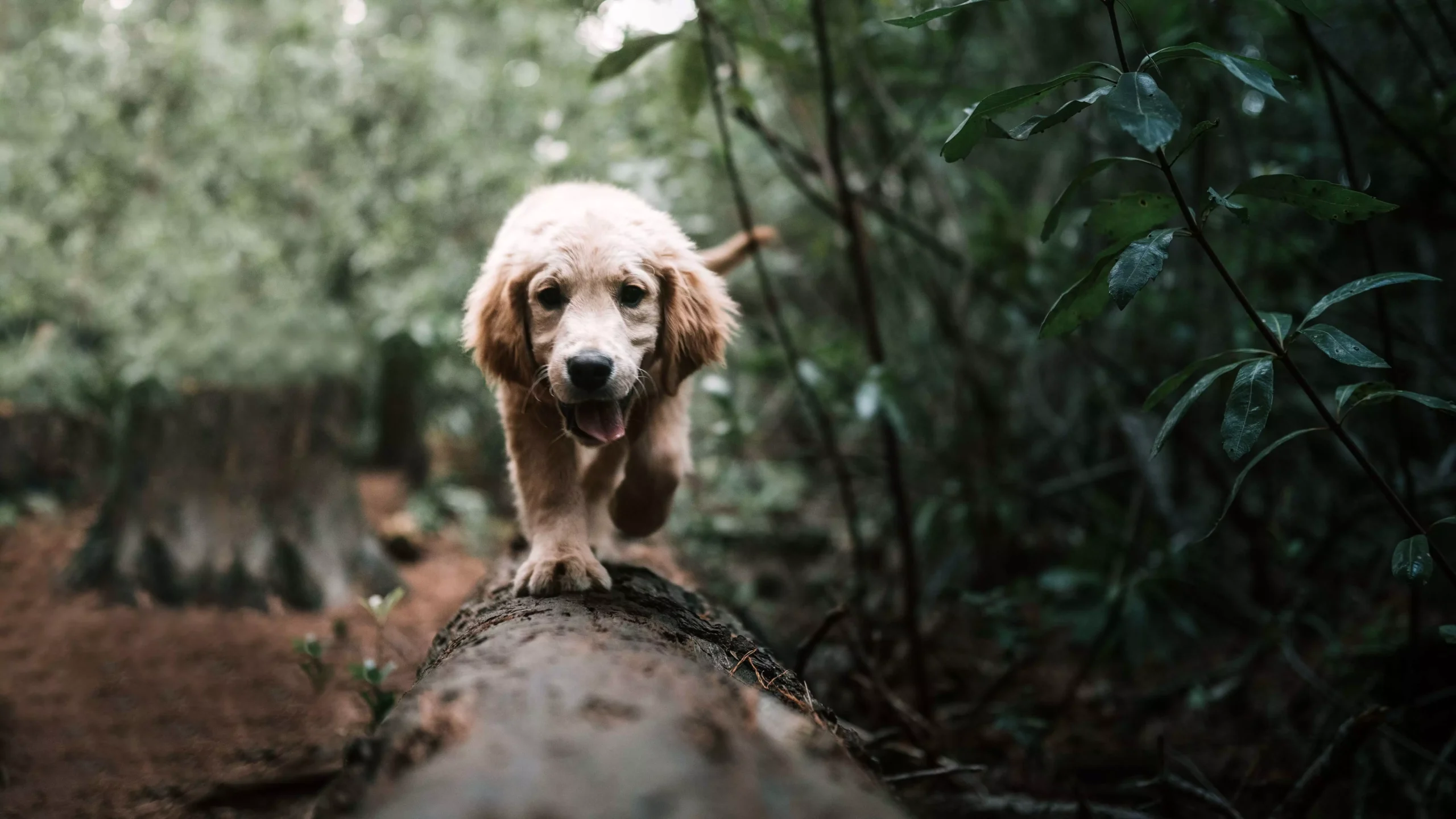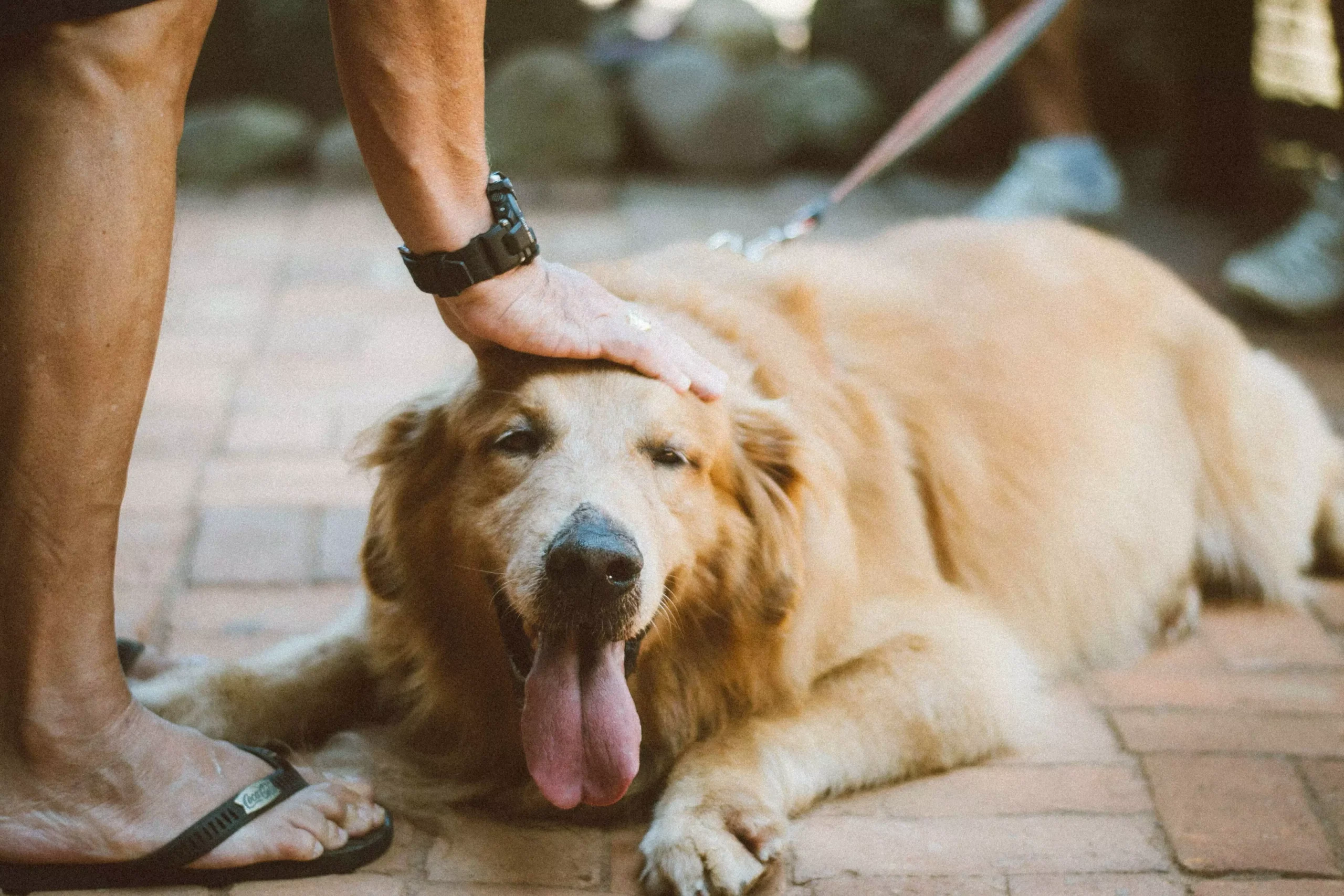Teaching dogs the “drop it” command is essential for their safety and the prevention of destructive behavior. While it may be relatively easy to train dogs to release food items, teaching them to drop non-food objects can be a bit more challenging. In this article, we will explore effective techniques to train your canine companion to drop non-food items on command. Additionally, we will address some frequently asked questions to help you navigate this training process smoothly.
Why Teaching “Drop It” is Important
Before we dive into the training techniques, let’s understand why teaching the “drop it” command is crucial for your dog’s well-being:
1. Safety: Dogs are naturally curious and may pick up potentially harmful objects, such as sharp items or toxic substances. By teaching them to drop objects on command, you can prevent accidents and protect their health.
2. Preventing Destructive Behavior: Dogs may develop a habit of chewing on household items like shoes or furniture. Teaching them to drop non-food items can redirect their attention and discourage destructive behavior.
3. Enhancing Control: The “drop it” command enhances your control over your dog during walks or in social situations. It allows you to quickly remove objects from their mouths, promoting better obedience and preventing resource guarding behavior.
Training Techniques for Teaching “Drop It”
Now that we understand the importance of teaching your dog to drop non-food items, let’s explore effective training techniques:
1. Start with Food Items: Begin by teaching your dog to drop food items since they are typically more motivated to let go of something edible. Use treats your dog loves and practice the “drop it” command in a distraction-free environment. Reward them generously when they release the item.
2. Introduce Non-Food Objects: Gradually transition to non-food objects by choosing safe and familiar items such as toys. Encourage your dog to play with the toy and then use the “drop it” command while offering a treat as a reward. Repeat this exercise, gradually increasing the value of the objects.
3. Practice with Valuable Items: Once your dog understands the command, introduce items they find more valuable or interesting. This could include their favorite toy or a cherished household object. Use the “drop it” command and reward them when they release the item. With consistent practice, your dog will learn to drop even the most enticing objects.
4. Make it Fun: Incorporate interactive games like fetch into the training sessions. Playfully ask your dog to “drop it” before throwing the toy again. This not only reinforces the command but also adds an element of fun to the training process.
FAQs about Teaching “Drop It” with Non-Food Items
Q1. How long does it take to train a dog to “drop it” reliably?
A1. The training duration varies based on your dog’s learning ability and consistency in training. Some dogs may learn it within a few weeks, while others may take a few months. Patience and regular practice are key.
Q2. My dog refuses to drop non-food items. What should I do?
A2. If your dog is resistant, consider using higher-value treats as a reward. Alternatively, you can try trading the object for a desirable treat or toy. Seek professional guidance if you encounter persistent difficulties.
Q3. Can I use punishment to teach my dog to drop items?
A3. It is not recommended to use punishment when teaching the “drop it” command. Positive reinforcement techniques, such as rewards and praise, are more effective and promote a trusting relationship with your dog.
Q4. Can this training technique be used for aggressive dogs?
A4. If your dog displays aggressive behavior, it is crucial to consult a professional dog trainer or behaviorist for guidance. Addressing aggression requires specialized training and should be approached with caution.
Conclusion
Teaching your dog to “drop it” with non-food items is an essential skill that enhances their safety, prevents destructive behavior, and improves obedience. Remember to start with food items, gradually introduce non-food objects, and make the training process enjoyable for your furry friend. With patience, consistency, and positive reinforcement, you can successfully train your dog to release non-food items on command, promoting a harmonious and safe environment for both of you.

